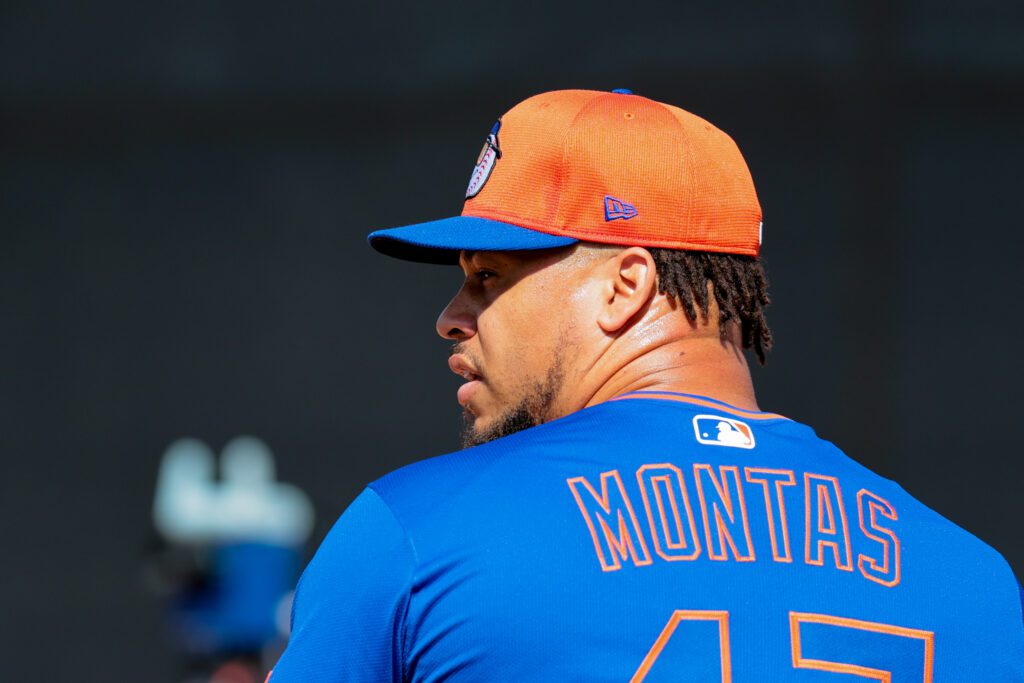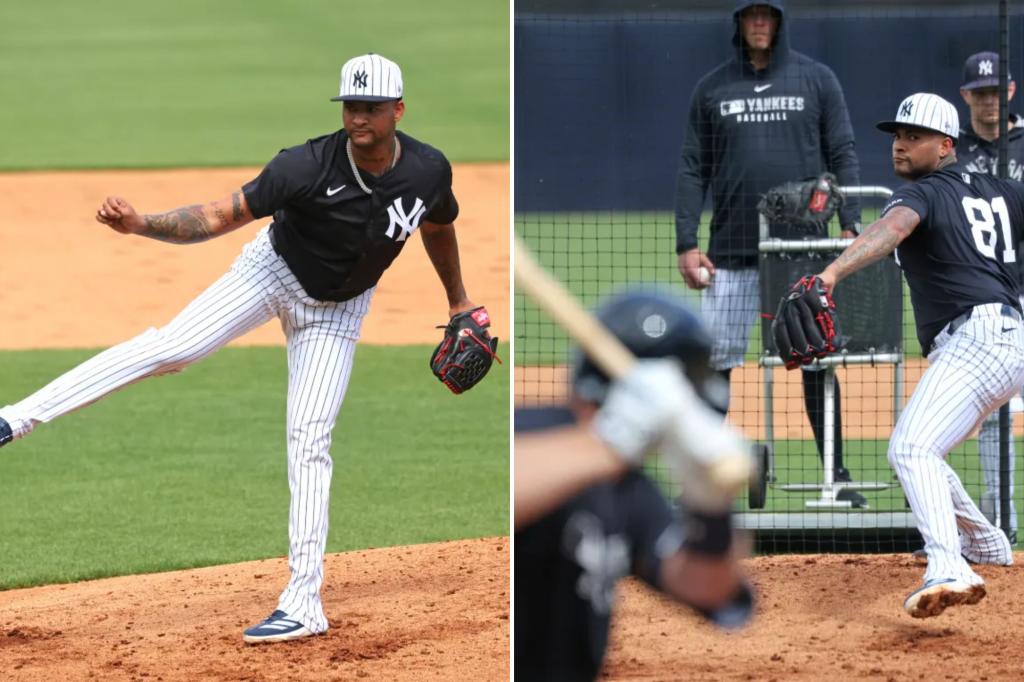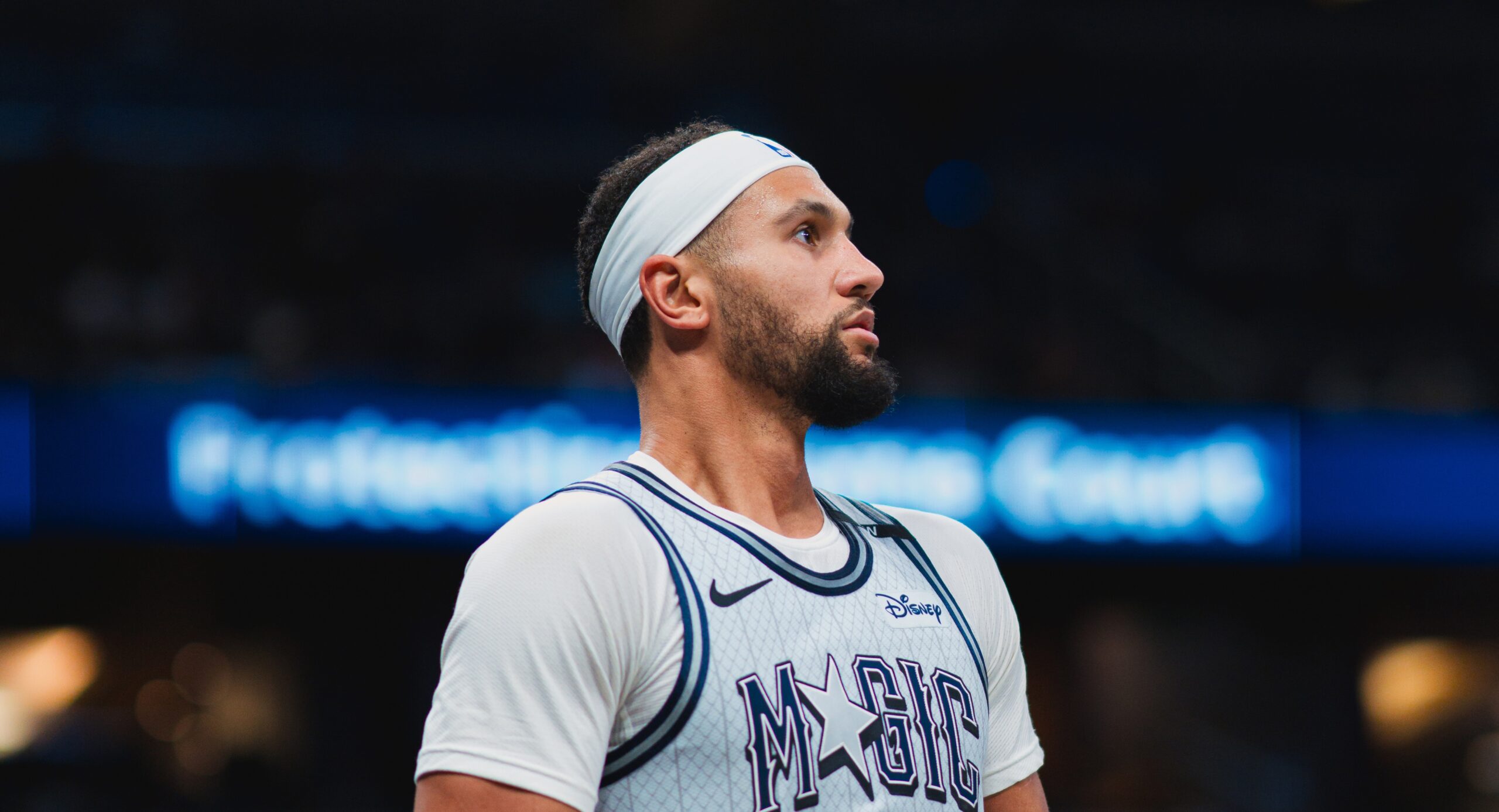
12:50 PM: The Mets have announced to the media, including Tim Healey from Newsday, that pitcher Frankie Montas is dealing with a significant right lat strain. He is scheduled to receive a platelet-rich plasma injection and will be sidelined for approximately six to eight weeks. This timeline suggests he may not be ready until early April, and even if he returns to full strength by then, he could miss at least a month of the upcoming season.
12:40 PM: According to Jon Heyman of The New York Post, Montas is indeed facing a lat injury, though further specifics about his recovery timeline are yet to be determined.
11:41 AM: Spring training is just kicking off, but Mike Puma of The New York Post reports that the recently signed Montas has not yet begun throwing and will be out for a considerable period. The precise nature of his injury remains unclear. Montas inked a two-year, $34 million contract with the Mets in early December, and he holds an opt-out clause at the end of the season. However, an extended absence due to injury might diminish the likelihood of him exercising this option.
Without further details on Montas’s condition, it’s difficult to gauge the level of concern among Mets fans. Nevertheless, starting spring training with one of their critical offseason acquisitions unable to participate is less than ideal.
This offseason, the Mets were undergoing a major revamp of their pitching rotation, losing key players like Sean Manaea, Luis Severino, and Jose Quintana to free agency. Additionally, they lost Christian Scott to Tommy John surgery last year, and Paul Blackburn also had to undergo a spinal operation. The Mets do retain Kodai Senga, who missed most of the 2024 season.
Despite their recent investment in high-profile players, the Mets opted for a different strategy this winter. They did not show significant interest in top free agents like Corbin Burnes or Max Fried, instead opting for shorter contracts. They re-signed Manaea with a three-year agreement and secured reliever Clay Holmes to a similar term, with plans to transition him into a starting role. Montas received a two-year deal with an opt-out, while Griffin Canning signed for one year.
Montas has dealt with various injuries recently, including a shoulder issue that required surgery, sidelining him for a majority of the 2023 season. He returned to the mound last year with inconsistent results, finishing with a 4.48 earned run average and a modest 22.6% strikeout rate. However, this stat improved to 28.7% following a trade to the Brewers, sparking optimism among the Mets that he was regaining his form, yet it appears health concerns may have resurfaced.
This shoulder surgery is a significant factor in why Montas has struggled to accumulate major league innings. He also faced an 80-game suspension for performance-enhancing drugs in July 2019, which interrupted his breakout season. His contributions were further limited in the pandemic-shortened 2020 season, when he made only 11 starts. Although he pitched 187 innings in 2021, shoulder issues hindered his performance late in 2022, culminating in the need for surgery. Throughout his career, Montas has only surpassed 151 innings pitched in a single season once.
Given Montas’s setback, a stint on the injured list to start the season seems probable. Until more information becomes available, it’s uncertain how this injury could affect his timeline further into the season. Assuming Montas does indeed begin the season on the IL, the Mets are likely to open with a rotation featuring Senga, Manaea, Holmes, and David Peterson, along with options like Canning, Blackburn, and Tylor Megill for the backend of the rotation, even though Blackburn may also head to the IL.
If the Mets seek to enhance their depth in light of Montas’s situation, options are available in the free-agent market. Players like Quintana, Andrew Heaney, and Spencer Turnbull are still available. Additionally, players like Marcus Stroman and Jordan Montgomery may be available via trade.
According to RosterResource, the Mets’ current payroll stands at $331 million, with the competitive balance tax threshold set at $325 million. This figure is similar to their payroll from last year, when their CBT peaked at $358 million. Whether they’ll seek to increase payroll to further bolster their rotation remains to be seen.










